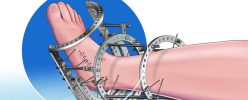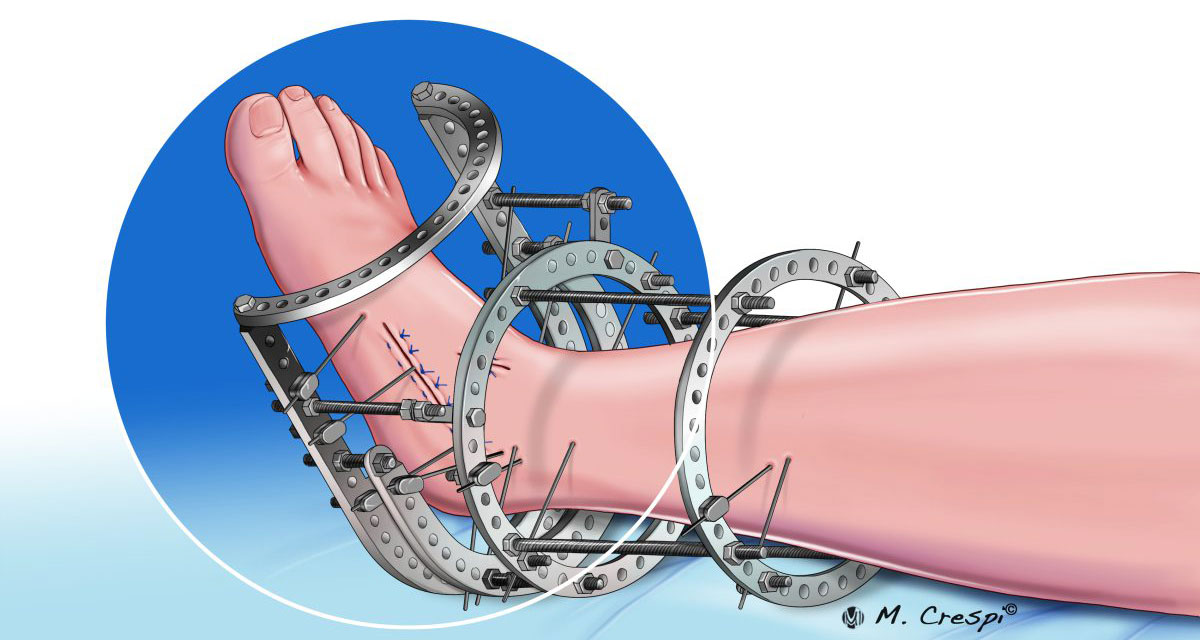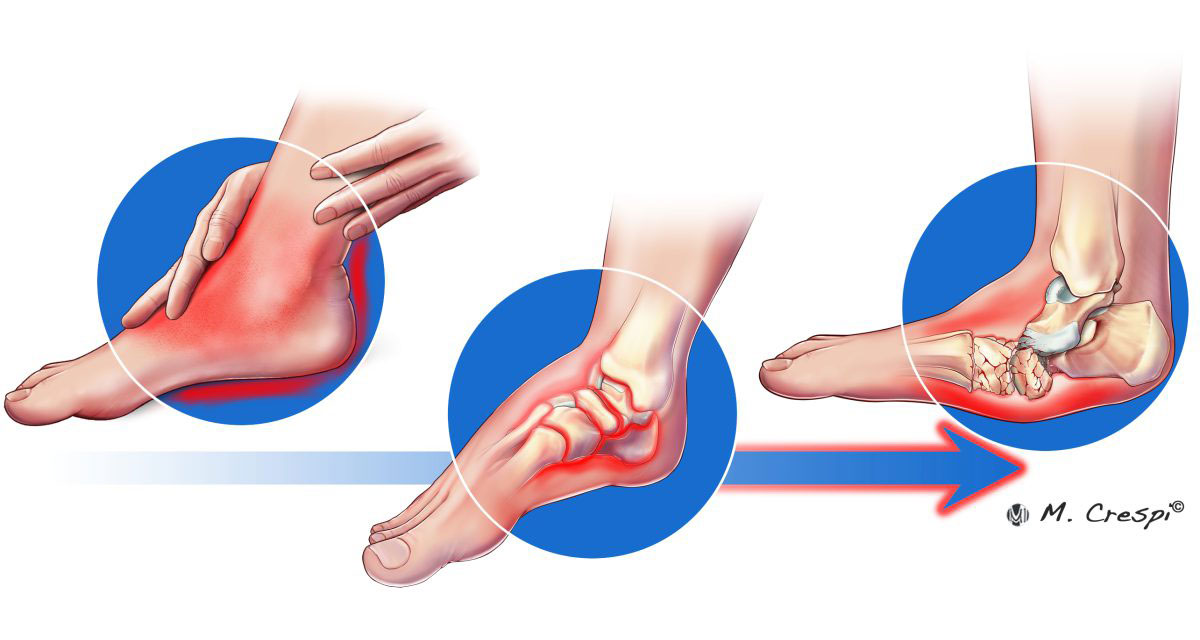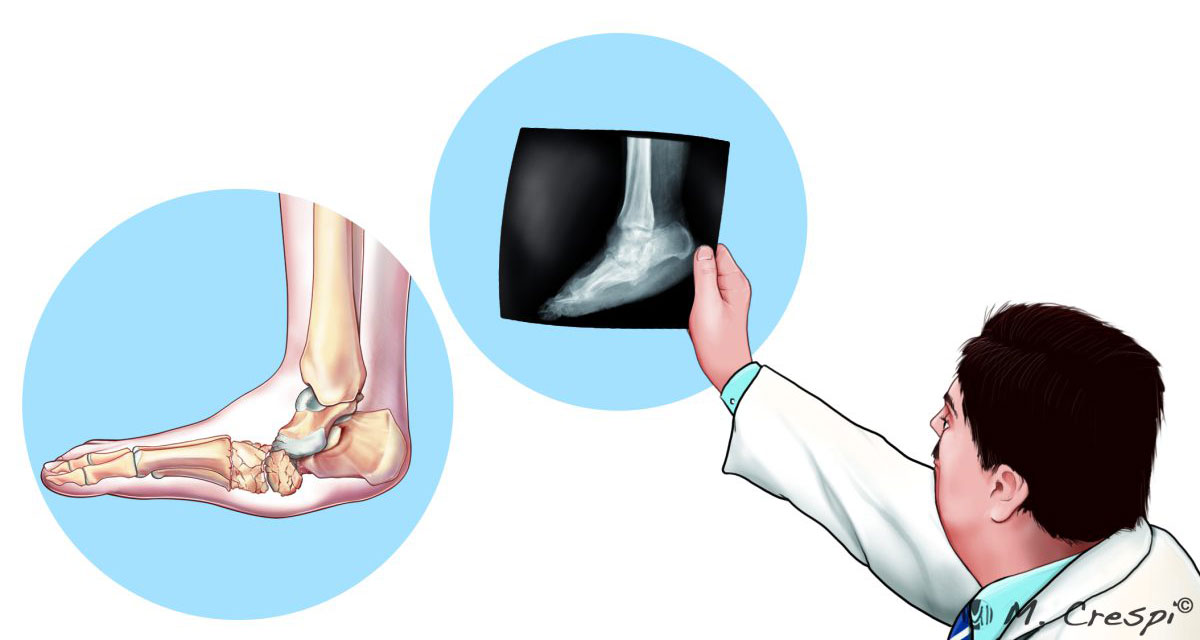Large bone defects are mainly caused by trauma, infection, or tumors, and may be accompanied by soft tissue damage.(1,2) Bone reconstruction in these cases must be done by means of orthopedic surgery, since large bone gaps will not heal spontaneously.(1,3) There are several options to reconstruct bone defects, including bone grafting, the induced membrane technique, and bone transport.(1,3)
Read More

















